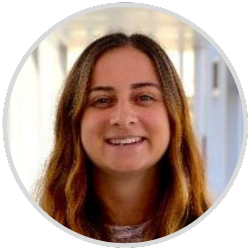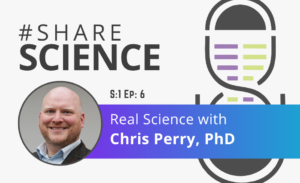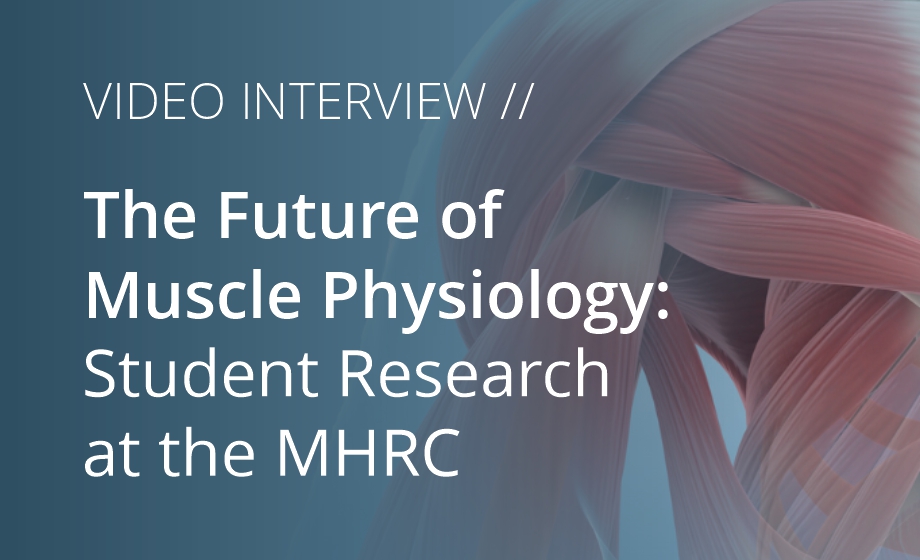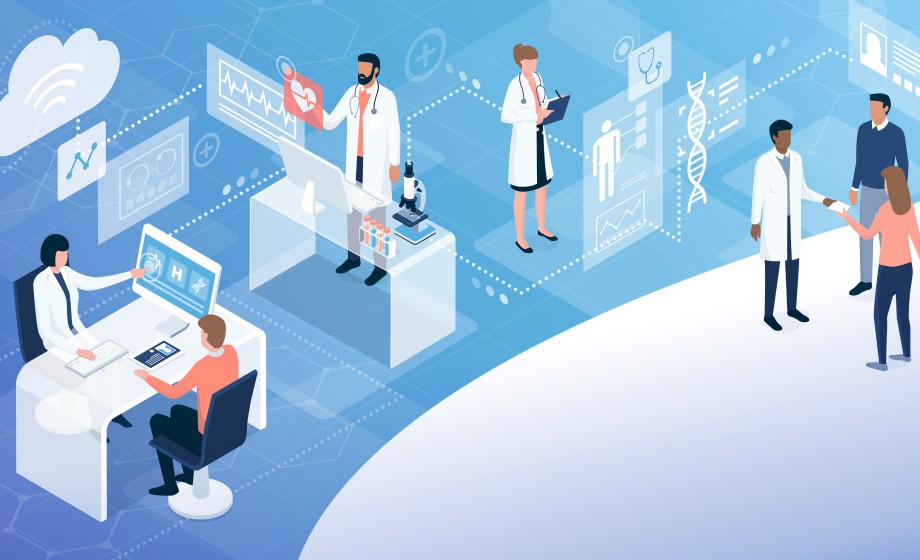Out of This World Research at Brock University: Space Flight’s Impact on Female Mice Reproductive Health
NASA’s SpaceX CRS-29 launched on November 9th, a commercial resupply services mission to the International Space Station (ISS) that was also carrying scientific experiments and technology demonstrations. Included amongst these was the Rodent Research-20 (RR-20) payload, the contents of which will be studied by Brock University’s Dr. Val Fajardo and his team using Aurora Scientific equipment upon its return. This new project continues the relationship between Dr. Fajardo’s lab and NASA, following their analysis of tissue samples from NASA two years ago, in which the cellular mechanisms underlying muscle and bone loss in astronauts were studied. Here we have summarized interviews with Dr. Fajardo and two of his PhD students, Briana Hockey and Jessica Braun, who are involved in the mission.
While the main purpose of RR-20 is to investigate whether space-flown female mice have temporary or permanent alterations to their reproductive capability, and whether dysfunctional hormone signaling is linked with bone loss (https://science.nasa.gov/biological-physical/investigations/rr-20/), the NASA Biospecimen Sharing Program allows other scientists to receive samples in order to maximize the data.
Utilizing the 1200B Isolated Muscle System for Mice from Aurora Scientific, Dr. Fajardo and his team will measure how space flight affects Soleus muscle function when the RR-20 payload returns from the International Space Station in early December. Keep an eye out for a follow up from Dr. Fajardo on the data collected in early 2024!
Dr. Val Fajardo
Our first interviewee is Dr. Val Fajardo, the Canada Research Chair and Head of the Muscle Plasticity in Health and Disease lab at Brock University. After moving to Canada at age 3 from the Philippines, he quickly became intrigued by math and the sciences, perhaps slightly fueled by brotherly competition. While both him and his twin brother loved solving puzzles and mathematics, his brother always solved the problem faster. This sibling rivalry is what pushed Dr. Fajardo to the sciences, ultimately culminating in his current position at Brock University.
“[My parents] wanted to bring myself and my siblings over to Canada to create better opportunities for us. And I’d like to think that now as a Canada Research Chair, that I took full advantage of that opportunity.”
Dr. Fajardo’s Muscle Plasticity in Health and Disease lab focuses on the improvement of muscle function to ameliorate whole body health. As muscles account for approximately 40-50% of our body mass, the processes they control go beyond simply moving from Point A to Point B. This muscle majority is crucially important for metabolic regulation, insulin sensitivity, thermoregulation, and a variety of other whole-body physiological responses. In addition, Dr. Fajardo’s laboratory studies a variety of muscle health conditions including muscular dystrophy, aging, obesity, and more recently – space flight.
“…When you go up in space, if you don’t use it, you lose it.”
As astronauts only experience microgravity while in space flight, the muscles that fight gravity, such as the postural muscles, go unused resulting in a loss of strength and muscle mass. This can greatly affect the health of astronauts while in flight and also upon return. However, by researching the muscles after return from space flight, in collaboration with NASA’s Biospecimen Sharing Program, Dr. Fajardo’s lab aims to further elucidate the effects of glycogen synthase kinase 3 (GSK3). This program aims to maximize the scientific benefit of these costly missions, making the data freely available once published. Through collaborations with Ryan Scott from the NASA Ames Research Center and Dr. Lauren Sanders from GeneLab, The Muscle Plasticity in Health and Disease lab is making strides in not only muscle health, but open science as well.
Briana Hockey, PhD Candidate
Our second interviewee is Briana Hockey, a second year PhD student in the Muscle Plasticity in Health and Disease Lab. Her research in this lab aims to further elucidate the role of enzyme GSK3 in mediating tissue plasticity. Given her background in kinesiology, skeletal muscle is a primary focus of her research, in particular measures of how various stimuli (e.g. exercise, space flight) affect muscle size, force production, and fatigue resistance.
Space travel is known to cause bone and muscle loss or atrophy (source: NASA), and so understanding the response of such an integral muscle group under these conditions could be of great benefit to astronauts and on their return. Collectively, the Muscle Plasticity in Health and Disease Lab will be analyzing skeletal muscle that was on the International Space Station for roughly 30 days. Briana’s focus, in addition to assisting Dr. Fajardo, will be on dissecting the soleus muscle, a sizable muscle located in the calf. Then, using Aurora Scientific’s equipment, the team will contract the muscle to study the amount of force they will generate and their fatigue resistance.
“What I’m most excited for is working with such a large integrative team … It’ll be great to be able to work with such a wide variety of researchers, whether that’s also in skeletal muscle, or whether they’re working with bone, brain, and just really getting to learn what other labs are doing with these spaceflight missions.”
Jessica Braun, PhD Candidate
Our final interviewee is Jessica Braun, a PhD candidate in Professor Fajardo’s lab at Brock University. Her research focuses on the sarco(endo)plasmic reticulum (SR) Ca²⁺ ATPase (SERCA) pump and skeletal muscle to combat energy balance disorders such as muscle wasting disorders, aging, muscular dystrophy, obesity, as well as spaceflight. Jessica has worked on previous research projects related to NASA missions, specifically the RR-1, RR-9, and RR-18 investigating SERCA function, which helped guide her to her role in the RR-20 mission which will primarily focus on skeletal muscle dissection.
“I am very excited to see how a huge multidisciplinary study goes on, especially with an organization like NASA. There’s groups looking at brain stuff, GI stuff, we have bone, muscle, all sorts of different unique researchers there, so I’m very excited to see how that all coordinates and goes down while also learning how to collaborate with researchers from completely different fields from me.”
Additional Content From Aurora Scientific
We were able to produce these interviews in joint partnership with Aurora Scientific. For the last 30 years, Aurora Scientific has provided life science researchers with reliable, quality instrumentation within the fields of muscle physiology, neuroscience, and materials science. Click here to learn more about how they can support your research!
This episode of Share Science features Christopher Perry, PhD, an Associate Professor at York University, who shares his career path, but also his ideas and goals to further help those with muscle disease and to provide more opportunities for his trainees.
We summarize an interview with three students from the Muscle Health Research Centre (MHRC) at York University who conduct fascinating research in the field of muscle physiology.
Christopher Perry and Homira Osman discuss linking trainees with advocacy foundations to connect trainees with patient communities.





